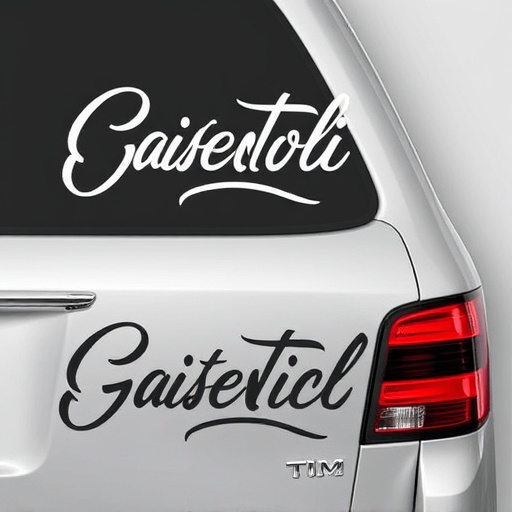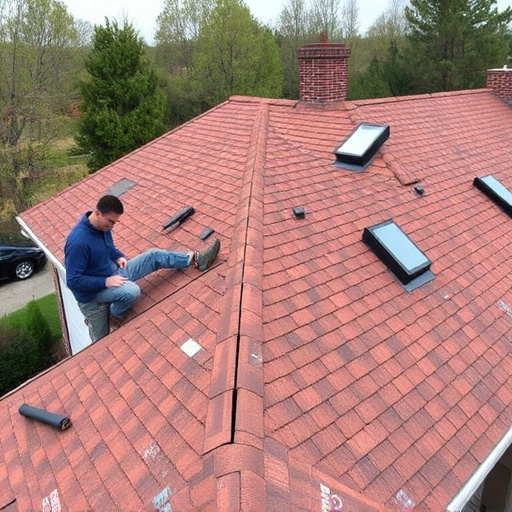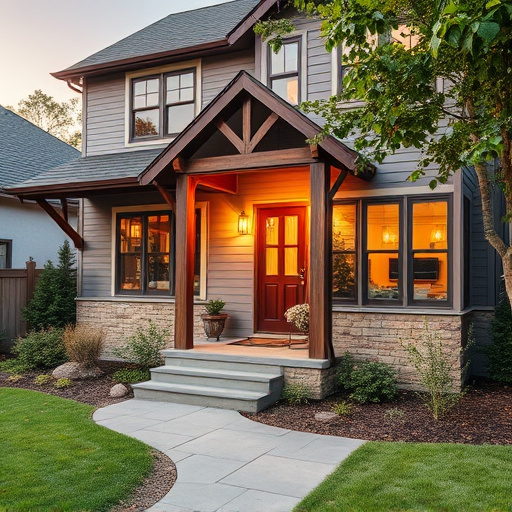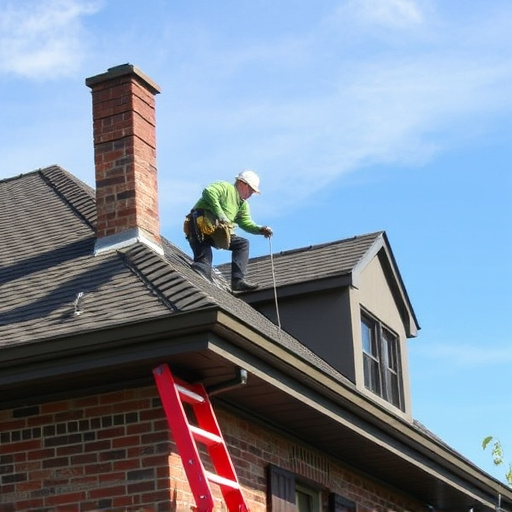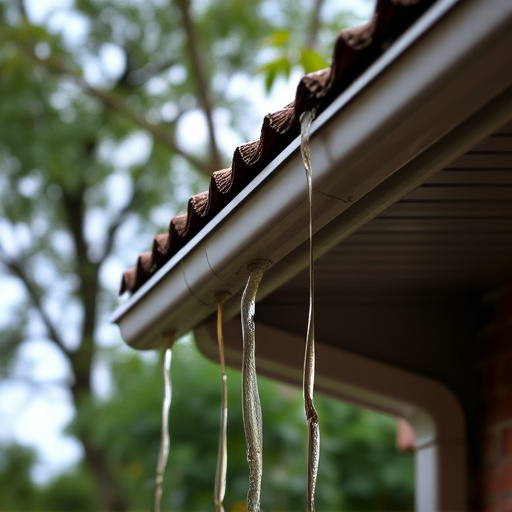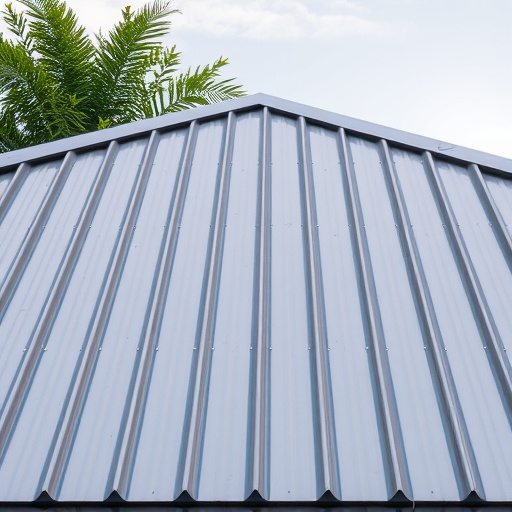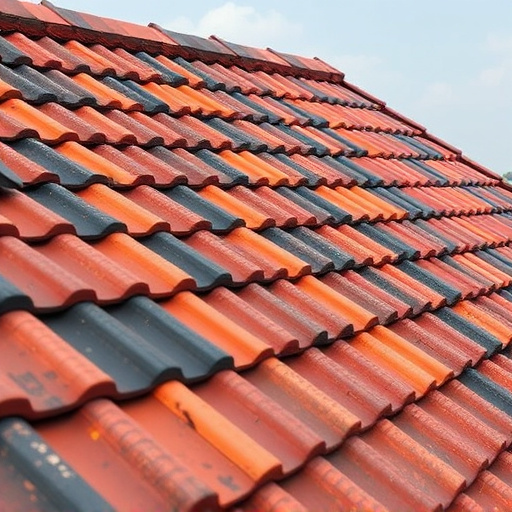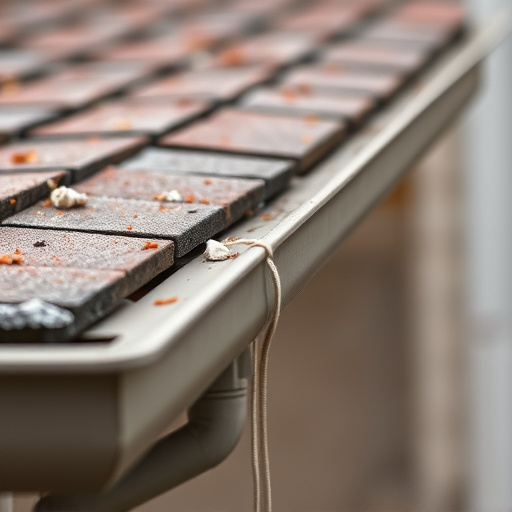Renovating historic homes demands careful selection of compatible siding systems that blend traditional aesthetics with modern durability. Materials like wood, vinyl, fiber cement, and stone offer distinct benefits, with styles like clapboards or board-and-batten enhancing historical character. Consulting a reputable roofing firm ensures the chosen siding system aligns with aesthetic goals and structural integrity. Precise installation replicates original features, preventing water damage and maintaining the home's unique beauty.
Renovating a historic home? A key aspect is choosing the right siding system. This guide explores essential tips for navigating this balance between preserving architectural integrity and enhancing durability. We delve into various historic siding materials, their compatibility with modern alternatives, and installation techniques for seamless integration. Discover how to select the optimal siding system that respects your home’s past while equipping it for the future.
- Understanding Historic Siding Materials: Options & Compatibility
- Modern Siding Systems: Preserving History While Enhancing Durability
- Installation Tips for Seamless Integration of New Siding with Historic Homes
Understanding Historic Siding Materials: Options & Compatibility
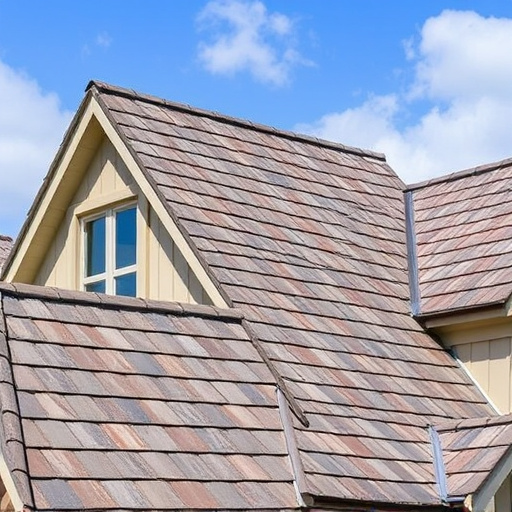
When renovating a historic home, it’s crucial to understand the available siding materials and their compatibility with the structure. Traditional historic homes often feature beautiful architectural details that can guide your choice of siding system. Materials like wood, vinyl, fiber cement, and stone are popular options for residential roofing, each offering unique aesthetics and benefits.
Researching compatible siding services is essential, as you want to preserve the home’s original charm while enhancing its durability. For instance, historic homes may require specific types of siding that align with their architectural style, such as wooden clapboards or board-and-batten for a cottage-like appearance. Conversely, modern vinyl siding can be an attractive and low-maintenance choice, but it should be selected with care to ensure it complements the home’s historical character.
Modern Siding Systems: Preserving History While Enhancing Durability

Modern siding systems offer a unique opportunity to preserve the historic charm of a home while significantly enhancing its durability and longevity. When tackling a renovation project on an older structure, it’s essential to choose materials that respect the building’s original aesthetic but also meet contemporary standards for protection against the elements. One of the key benefits of modern siding is its ability to mimic traditional styles with advanced materials, ensuring both visual harmony and superior structural integrity.
For historic homes, vinyl or fiber cement siding can be excellent choices due to their low maintenance requirements and long-lasting performance. These materials are designed to withstand harsh weather conditions, prevent water damage, and resist rot—all while preserving the home’s historical character. Engaging a reputable roof consulting firm specializing in residential roofing and siding services can help guide homeowners through this process, ensuring the chosen siding system aligns perfectly with both aesthetic goals and structural soundness.
Installation Tips for Seamless Integration of New Siding with Historic Homes
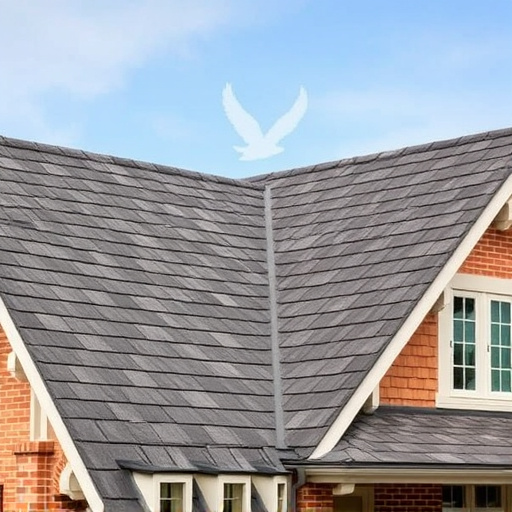
When tackling a historic home renovation project, seamlessly integrating new siding is an art. It’s crucial to match both the aesthetic and architectural style of the existing structure for a harmonious look. Start by studying the original exterior—its color, texture, and pattern. Choose a siding system that replicates these features accurately. For instance, if the home boasts decorative shingles or unique brickwork, opt for a siding service that can replicate these elements to maintain the historic integrity.
During installation, precision is key. Ensure proper measurements are taken to avoid unwanted gaps or overlaps. Proper flashing and sealing are essential, especially around windows and doors, to prevent water intrusion—a common enemy of exterior home improvements. Think of it as a dance; each piece of siding should fit perfectly with the next for a flawless finish. This meticulous approach will ensure your new siding not only enhances the beauty of the historic home but also stands the test of time, complementing the existing roofing and siding while preserving the home’s unique character.
Renovating a historic home allows you to preserve its character while enhancing its longevity. When selecting and installing a siding system, it’s crucial to balance historical authenticity with modern durability. By understanding the compatibility of various siding materials and implementing expert installation tips, you can achieve a seamless blend of old and new, ensuring your historic home stands the test of time in style. Incorporating a thoughtful siding system is a key step in any successful renovation project, offering both aesthetic appeal and structural integrity.

